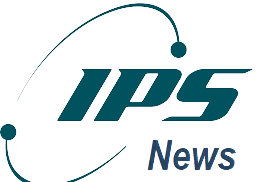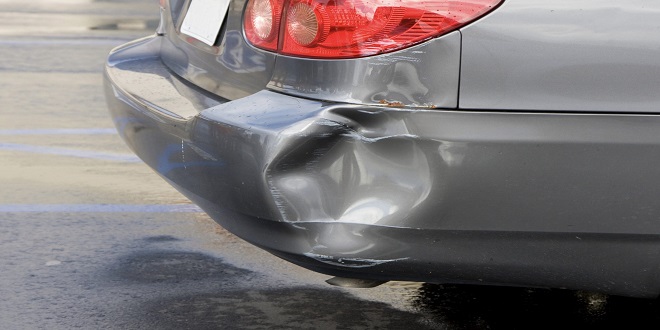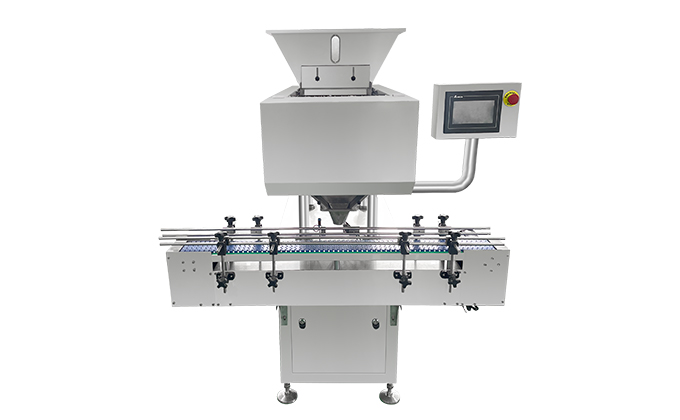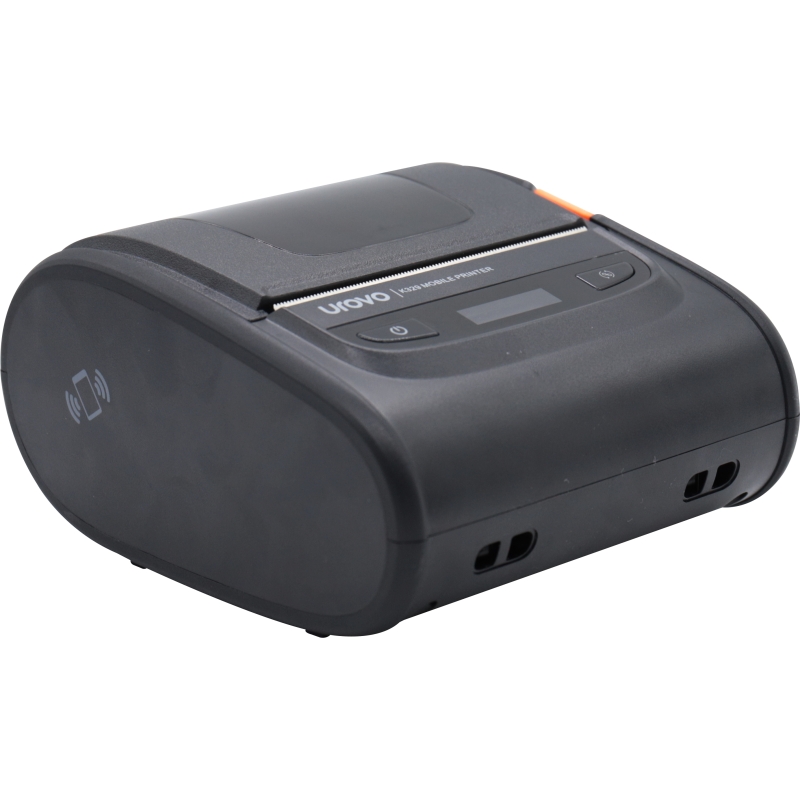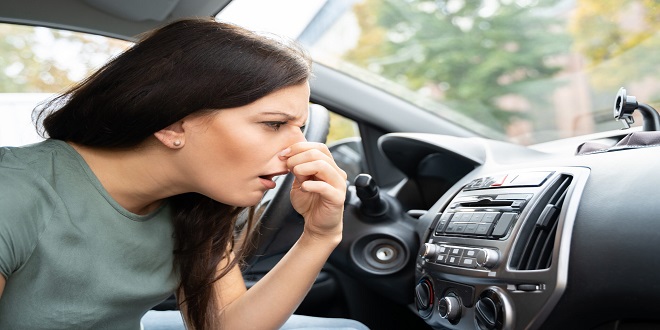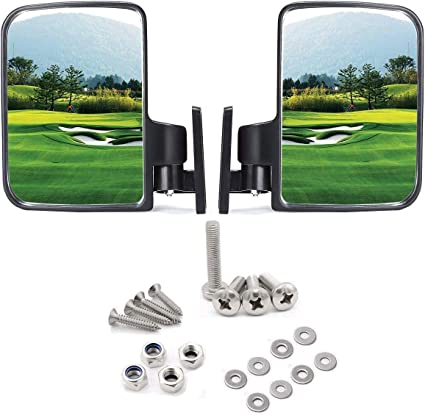Telematics – How Cars Communicate
The information exchanged often involves GPS (global positioning systems) and can include where you are and the best way to get where you want to go, your vehicle’s speed and condition, where other vehicles in the vicinity are, and how fast they’re going, the nearest restaurant or gas station, instant traffic reports, Bluetooth and other phone and instant messaging systems, music downloads, and other vital stuff.
This section describes the most popular ways that telematic systems can make driving easier and safer. Services provided by individual systems overlap, so the telematic system in a particular vehicle may combine the features of one or more of the following systems.
Navigation systems
Navigation systems have become increasingly popular as standard or optional equipment and also are available as stand-alone aftermarket units that can mount on the dashboard or above the windshield and as part of in-dash aftermarket stereo and DVD systems with pop-up or fixed display screens.
All navigation systems are based on GPS technology that receives satellite signals that determine your exact longitude and latitude. When you enter the address of your destination or the name of a place of interest on a touch keypad, a CD that’s loaded with street maps and installed in your vehicle enables the system to determine the best route. Most systems allow you to modify the suggested routes by stipulating that you don’t want to take freeways, go over bridges, or drive on unpaved roads, and offer you a choice of the shortest, fastest, and other alternative routes.
Tracking systems
Tracking systems employ a combination of GPS, cellular, and other electronic technologies to enable a vehicle to communicate its location and condition to an outside source. Tracking systems are used to locate stolen vehicles; monitor the location of every vehicle in a commercial fleet; and enable worried parents to keep track of where their kids are driving, how fast they’re going, and whether seat belts are engaged.
OnStar
OnStar was the first widely available telematics system in North America. It uses a combination of GPS, cellular technology, voice recognition, and MapQuest data to connect you with its Call Center and provide you with a variety of services.
Sensors that report that airbags have been deployed activate an automatic message that the vehicle has been in an accident, and even if nobody in the vehicle is able to communicate verbally, the service can call 911 and send help. Additional options can include automatic diagnostics and hands-free access to e-mail, weather reports, and stock quotes. Most major domestic and international automakers now offer systems similar to OnStar, so factor this in when deciding which vehicle best satisfies your needs and budget.
LoJack
LoJack is a tracking system that offers two packages that can work together or separately. If you report that your vehicle has been stolen, LoJack’s Stolen Vehicle Recovery System inaudibly transmits a unique code connected to the vehicle’s unique VIN as well as the present location of the vehicle to police cruisers with tracking computers within a 25-mile range. LoJack claims a 90 percent recovery rate, and the system qualifies for a deduction on some insurance policies. LoJack’s Early Warning Recovery System alerts you when your vehicle is being moved without your permission by sensing that someone who isn’t carrying LoJack’s Key Pass is at the wheel.
